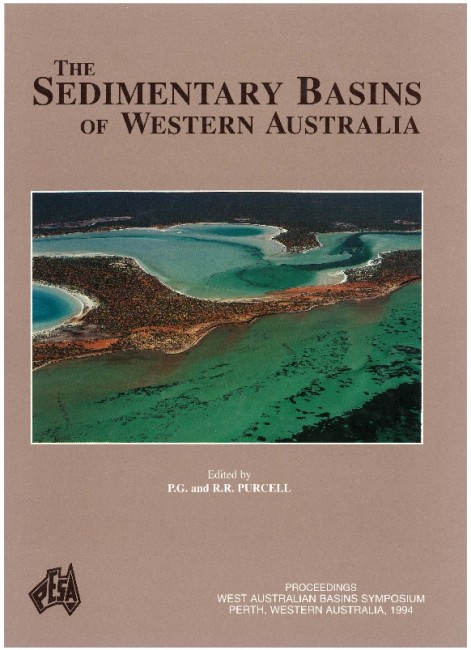Publication Name: The Sedimentary Basins of WA
Authors: M.L. Zaunbrecher
Publication Volume: 1
Date Published: July 1994
Number of Pages: 21
Reference Type: Book Section
Abstract:
Four main observations can be made concerning the hydrocarbon accumulations discovered to date in theBarrow and Exmouth sub-basins:
1. most oil accumulations occur in Cretaceous reservoirs, whereas gas accumulations occur in reservoirs of various ages;
2. with one exception, oil accumulations occur at the top of, or above, the hydrocarbon-generative window (at less than about 2700 m depth);
3. the top of the overpressured zone is coincident with, or lies below, the top of the hydrocarbon-generative window;
4. reservoirs sealed by overpressured claystones contain gas rather than oil.
These trends appear to be inter-related: the position of a claystone seal relative to the hydrocarbon-generative
window influences whether or not the seal is overpressured, and that, in turn, determines the likelihood of oil or gas occurring in the reservoir. Reservoirs sealed by overpressured claystones are generally filled with pressured gas.
The distribution of oil and gas accumulations in the Barrow and Exmouth sub-basins is a consequence of the
inter-relationships between lithostratigraphy, thermal maturity and zones of overpressuring. An evaluation of
these factors for a prospect can provide a meaningful assessment of the likelihood of oil versus gas; on a regional basis, these factors may have major implications for the prospectivity of an area.


